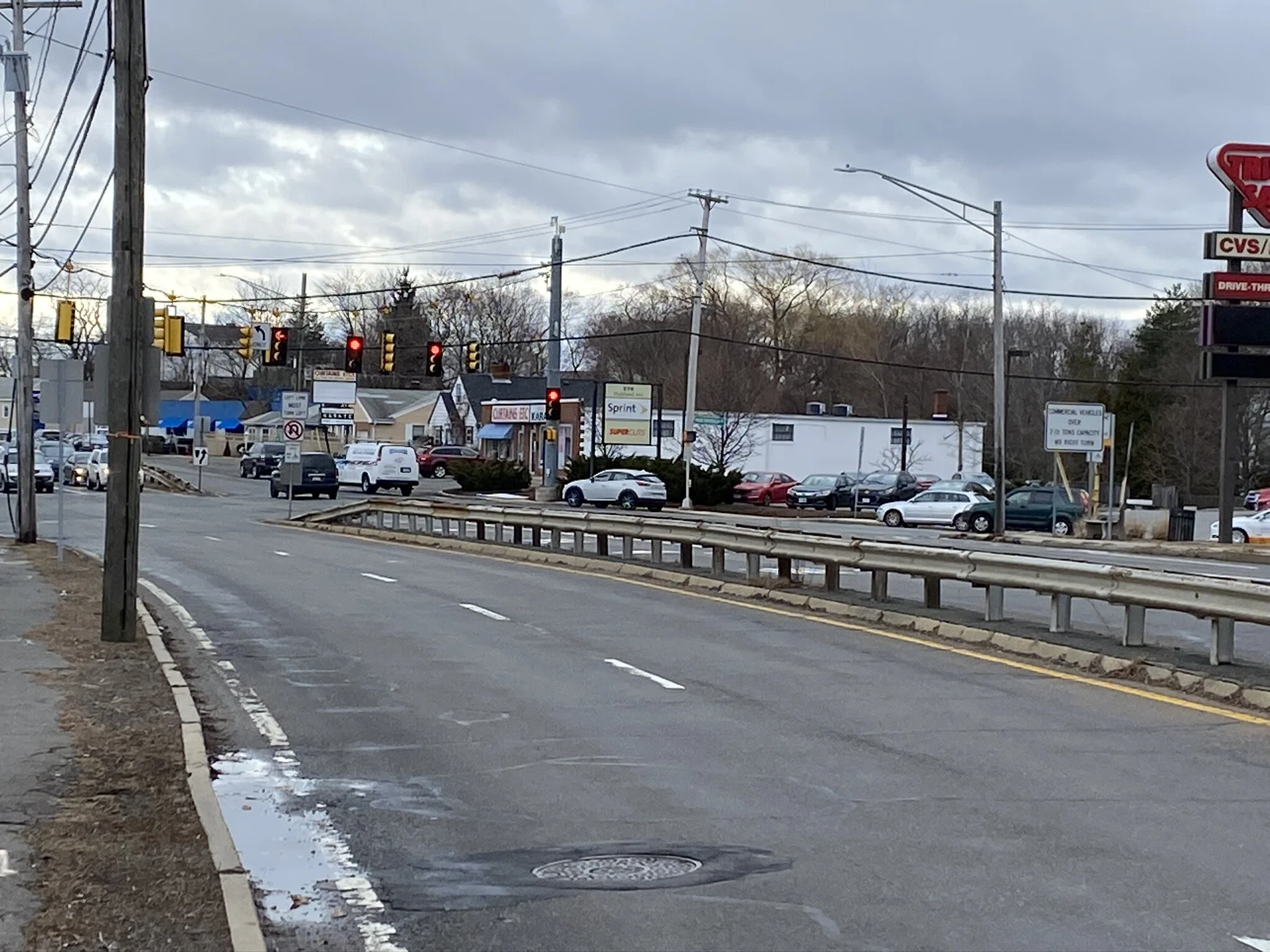Highland Avenue Corridor Study - First Working Group Meeting
On September 29, the Highland Avenue Corridor Study Working Group met for the first time. Last winter, the City Council agreed to fund the study, to develop a more comprehensive and strategic approach to development along the corridor.
The City’s goals for the study are:
Stakeholder dialog on the future of the corridor
Community vision for the corridor
Representation of vision by consultant team
Final report of the study
The Working Group is composed of David Surface, President of St. Jeans Credit Union; David Hark, Drumlin Group; Beth Debski, Salem Partnership and Ward 4 resident; Lori Stewart, Ward 3 resident, co-chair of Barnes, Clark, Wyman Neighborhood Association; Patti Morsillo, Ward 3 Councilor; Tom Daniel and Amanda Chiancola from the Planning Department. There are other members as well who were not at the first meeting, including Ward 4 Councilor Tim Flynn.
From Sasaki Associates, which was hired to do the study, there was Diane Athaide, and urban designer; Paul Schlapobersky, architect, project manager, and urban designer; John Trementozzi, designer, and real estate marketing expert; Brian Gridley, a strategic planner; and Tyler Patrick, Principal Planner.
The group from Sasaki was able to tour the length of Highland Avenue, from the Lynn border to the hospital. They reviewed the MassDOT Highland Avenue Corridor Study, which presents a very large-scale redesign of Highland Avenue. They pointed out many sites along the corridor that are being marketed for reuse or development.
We discussed the effect of the highway dividers along much of Highland Avenue. The barriers send a message that speed is allowed, and that the road is built for and can handle high speeds. The DOT plan to remove the dividers and instead create a median with trees and plants will bring a calmness to the stretch, changing the mental message from high speeds to a boulevard or parkway. The highway dividers also create a mental image of a separation between the southern end of Highland Avenue and the connected neighborhoods, and the rest of the city.
A member of the consultant group stated he was underwhelmed by the quality of restaurants along the corridor. The need for better restaurants, often cited by residents from neighborhoods along Highland Ave, was discussed. One issue with marketing to restaurant owners is the lack of turn around points along the stretch of road. The consultants suggested discussing this point with MassDOT to incorporate into their design. There is also a resistance from residents to any kind of development, as pointed out by Mr. Surface.
We discussed the opportunity for more bike and pedestrian access to local retail stores, when the DOT changes are implemented. As traffic slows down and sidewalks and bike lanes are safer, more residents in the area will walk or bike to shops and restaurants.
Highland Avenue will always be a major corridor in Salem, with traffic all day. But we need to continue to work on a vision for what we want Highland Avenue to offer residents in the way of shopping, dining, employment, and housing. There is tremendous pressure for more housing stock in the region, and more specifically, affordability in housing.
The Corridor Study timeline:
Community Meeting #1 - early October
Working Group Meeting #2 - end of October
Community Meeting #2 - end of November


